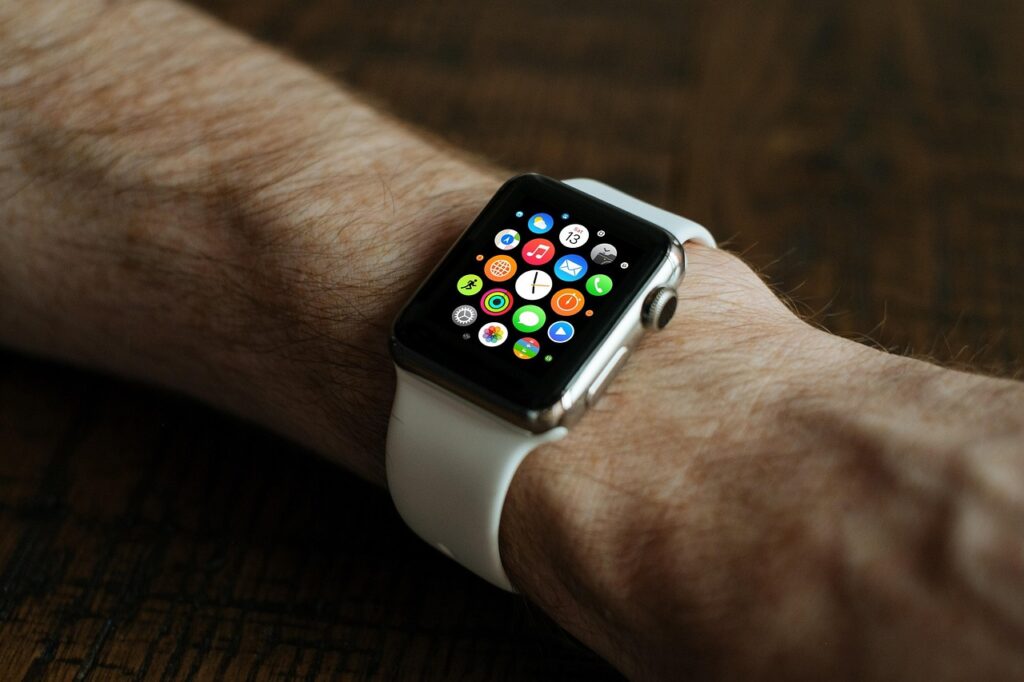What’s Driving the Shift
AI has broken free from desktops and data centers and now, it lives on your body. Software is going physical. In 2024, artificial intelligence is no longer confined to apps. It’s baked into the stuff you wear: watches, rings, and even fabrics. The difference? These devices don’t just measure they interpret and adapt. They learn you.
Driving this shift are leaps in edge computing, ultra sensitive biosensors, and low power AI chips that can crunch data right on your wrist without draining the battery. That means instant processing with almost zero lag. This isn’t just tracking your steps it’s predicting your crash before your energy dips, or nudging you when stress builds below the surface.
This isn’t future tense anymore. We’re moving from passive metrics to adaptive UX user experiences that adjust to your mood, health trends, and habits in real time. Whether it’s optimizing a workout, flagging irregular rhythms, or silencing distractions when you most need focus, AI isn’t just helping you live better. It’s beginning to live with you.
Smarter Than Ever: Key AI Features
The newest generation of AI powered wearables isn’t just smart it’s situationally aware. Context aware notifications adapt based on what you’re doing, where you are, and even who you’re with. Your watch no longer buzzes every time an email lands. Instead, it figures out if you’re in a meeting, biking uphill, or trying to sleep and adjusts accordingly. Task automation flows quietly in the background. Calendar reminders sync with traffic data, smart lights adjust as you wind down, your grocery list builds itself based on usage patterns. No dashboards needed; things just happen.
On the wellness front, mood tracking has evolved beyond guesstimates. Advanced wearables now read micro changes in skin temp, heart rate variability, and voice tone to detect stress spikes in real time. They don’t just tell you you’re stressed they recommend tactics: guided breathwork, a soundscape, or a reschedule prompt when your system’s clearly overloaded.
Biometrics are going predictive. Continuous blood pressure monitoring, cortisol tracking, even thermal scans allow wearables to warn you of a potential cold, burnout, or sleep debt crash before you feel a thing. It’s early warning, not just post event analysis.
The kicker? These systems learn. They adapt to how you operate your routines, habits, triggers and adjust recommendations over time. The more you wear it, the more it fits you. AI isn’t replacing intuition it’s amplifying it to help you catch the stuff you usually miss.
Beyond the Wrist: Form Factors Redefined

Wearables are evolving and fast. We’re moving past the era where tech lived only on the wrist. Today’s AI powered wearables are diversifying in form and function, gaining traction across multiple areas of daily life and wellness.
New Frontiers in Form
The definition of wearable tech is expanding:
Smart Rings: Compact yet powerful, these offer features like health tracking, sleep monitoring, and even gesture controls all in a minimal design.
Smart Glasses: With integrated displays, cameras, and AI assistants, glasses are blending augmented reality and contextual awareness seamlessly.
E Textiles: AI enabled clothing is now capable of posture correction, biometric tracking, and adaptive heating or cooling, all without sacrificing comfort or style.
From Accessories to Essentials
These devices are more than just stylish add ons they’re becoming foundational tools for managing modern life:
Always available and hands free
Built to operate in real time with context based intelligence
Offering seamless data insights to enhance daily decisions
Expanding Use Cases
AI wearables are stepping into more sophisticated roles with measurable impact in key areas:
Chronic Care Management: Continuous monitoring of vitals helps patients and doctors manage long term conditions more effectively.
Sleep Optimization: Devices provide feedback on sleep patterns and adjust environmental factors, like lighting or sounds, to improve sleep quality.
Workplace Productivity: From tracking focus levels to reducing screen time fatigue, AI wearables are making the modern workday more sustainable.
As form meets function, AI powered wearables are becoming personalized, discreet, and essential. They’re not just changing where data lives they’re changing how we live with tech.
Challenges Still in the Way
Even with all the hype, AI powered wearables still battle a few stubborn problems that haven’t gone away.
First, battery life. More onboard processing brings smarter features but it also eats power. Tiny devices can only hold so much charge, and most users don’t want to babysit their watch or ring with daily recharges. Engineers are pushing ultra efficient chips and better battery chemistry, but it’s a slow race. Today? You still have to choose: performance or longevity.
Second, privacy. These devices are collecting incredibly intimate data your heart rate, voice, sleep stages, even potential emotional states. That info’s valuable. Not just to you, but to marketers, platforms, and worse. And while companies tout anonymization, the trust gap is real. Wearables that listen all the time? That’s comfort for some, a red flag for others.
Lastly, fragmented ecosystems. One device tracks your fitness. Another tracks your sleep. A third tries (and fails) to sync with both. The market’s filling fast with smart rings, glasses, patches, and bands, but many aren’t talking to each other. Without better interoperability, users are stuck with data silos and half baked experiences.
Wearables are getting smarter. But until these core tradeoffs are solved, a truly seamless, trustworthy experience will stay just out of reach.
How It’s Changing Daily Life
Letting AI Handle Micro Decisions
One of the biggest shifts seen with AI powered wearables in 2026 is the quiet takeover of daily micro decisions. These include the dozens of small, repetitive choices we make each day:
When to take a break
Which route to walk for optimal sunlight or quiet
Whether to postpone a meeting during peak stress levels
Rather than prompting you to act, wearables now take contextual cues like your current workload, calendar, health data, and environment and opt to schedule, suggest, or automate decisions with minimal input.
“My smartwatch rescheduled my gym session when my blood pressure was up and moved my evening walk to a less polluted time. I didn’t have to think about it. That freedom is priceless.” 2026 user interview
Proactive Health and Task Management
The old model of health tracking was reactive: log your meals, count your steps, and review your sleep. Now, that’s changed. Today’s AI enhanced wearables don’t wait for you to act they identify risk patterns, recommend real time actions, and even communicate with other devices to reduce friction.
Key capabilities now include:
Predictive alerts: Based on past sleep and stress data, devices can recommend turning down social invites or extending rest.
Seamless task automation: From creating to do lists to pre ordering supplies or food when inventory runs low.
Integrated focus boosting: Adjusting notifications or lighting in sync with your concentration patterns.
Real World Impact: Lives Already Transformed
The tech may sound futuristic, but the shift is already well underway. Individuals are reporting measurable benefits in their daily quality of life:
Chronic condition management: Users with migraines or blood pressure issues receive personalized prompts that head off symptoms before they start.
Work life balance improvement: AI that nudges users away from overwork or late night screen use is showing strong results in burnout reduction.
Enhanced emotional well being: Mood tracking wearables now pair journaling prompts with real world cues like social interaction gaps or poor light exposure.
For more user stories and emerging applications, check out 5 Groundbreaking Tech Innovations Reshaping Daily Life.
Wearables have stepped beyond step counts and sleep scores. In 2026, they’re designing better daily flow for your body, your mind, and your calendar.
Where It’s Headed Next
Wearables are stepping out of the background and taking on a front line role in how we live. In 2026, AI co pilots are more than just features they’re full time assistants that combine voice input, visual recognition, and environmental context into one seamless layer. They’re not just listening. They’re seeing what you see, knowing where you are, and learning exactly how you think.
AR interfaces are the glue. Instead of toggling between apps or scrolling through menus, interactions happen in space, in motion instant, ambient, and frictionless. Take a glance, say a command, keep walking. Whether you’re navigating traffic or managing your calendar, the UI adapts to you, not the other way around.
The biggest shift? Wearables are becoming digital passports. Your ring communicates with your car to adjust the seats and start the engine. Your glasses know your lighting preferences at home. Your watch helps unlock your smart door and pre loads your playlist. It’s not one device doing one thing. It’s one identity, spanning multiple environments fluid, personal, and on autopilot when you need it most.
